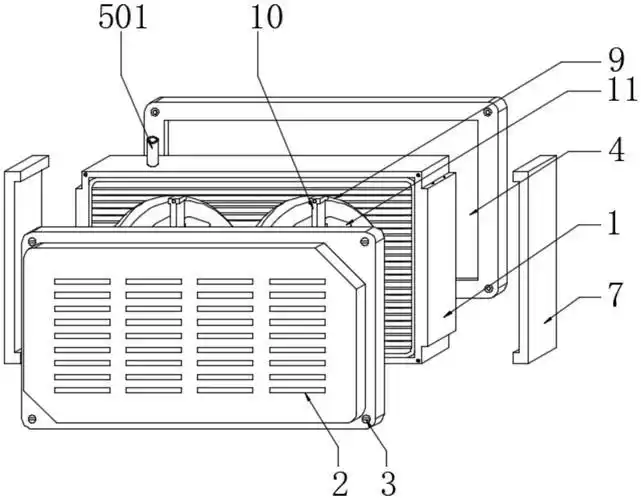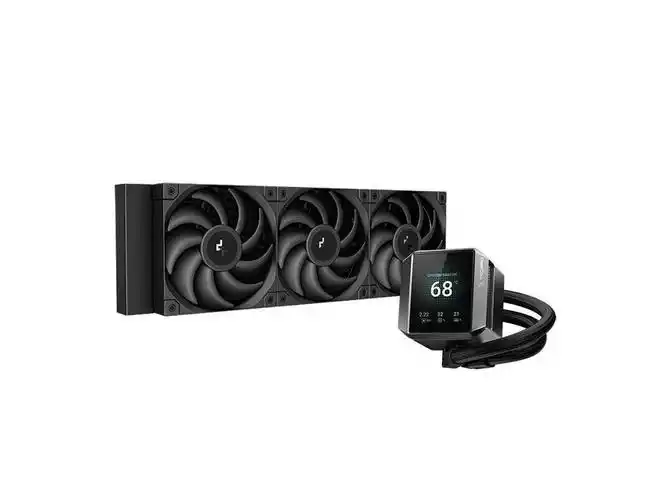 English
English Esperanto
Esperanto  Afrikaans
Afrikaans  Galego
Galego  беларускі
беларускі  Shqiptar
Shqiptar  ភាសាខ្មែរ
ភាសាខ្មែរ  ქართული
ქართული  Кыргыз тили
Кыргыз тили  Монгол хэл
Монгол хэл  IsiXhosa
IsiXhosa  Zulu
Zulu  Somali
Somali  Тоҷикӣ
Тоҷикӣ  O'zbek
O'zbek  Հայերեն
Հայերեն  Español
Español  Português
Português  русский
русский  Français
Français  日本語
日本語  Deutsch
Deutsch  tiếng Việt
tiếng Việt  Italiano
Italiano  Nederlands
Nederlands  ภาษาไทย
ภาษาไทย  Polski
Polski  한국어
한국어  Svenska
Svenska  magyar
magyar  Malay
Malay  বাংলা ভাষার
বাংলা ভাষার  Dansk
Dansk  Pilipino
Pilipino  Türkçe
Türkçe  العربية
العربية  Indonesia
Indonesia  ελληνικά
ελληνικά  український
український  Javanese
Javanese  فارسی
فارسی  नेपाली
नेपाली  Burmese
Burmese  ລາວ
ລາວ  Latine
Latine  Қазақша
Қазақша  Azərbaycan
Azərbaycan  Lietuvos
Lietuvos  Română
Română  Srpski језик
Srpski језик
Automotive radiators: a key player in cooling systems
Basic Structure of a Radiator
The automotive radiator, a core component in the cooling system, consists of an inlet tank, an outlet tank, and a radiator core. As the coolant flows in a meandering manner through the radiator core, air continuously passes over the exterior of the radiator. During this process, the hot coolant gradually releases heat to the air, thereby lowering its own temperature; conversely, the cold air, having absorbed the heat emitted by the coolant, sees its temperature rise. This ingenious heat exchange process ensures that the automobile engine can operate continuously and efficiently within an appropriate temperature range.
Heat Exchange Process
Within the radiator core, the coolant releases heat to the outside air, and the air, after absorbing the heat, increases in temperature, ensuring that the engine maintains a suitable temperature. The radiator, a key component in the automotive cooling system, comprises several core structural parts such as the inlet tank, outlet tank, main plates, and radiator core. When the engine's water-cooling system is in operation, the radiator is responsible for cooling the heated coolant. This process is crucial for ensuring that the engine can work continuously and efficiently within the appropriate temperature range.
Working Principle of the Radiator
In the automotive cooling system, the radiator plays a vital role. When the tubes and fins of the radiator are acted upon by the airflow generated by the cooling fan and the airflow produced by the vehicle's movement, the coolant inside the radiator gradually cools down. The radiator reduces the temperature of the internal coolant through the airflow from the cooling fan and the vehicle's motion, which is extremely important for maintaining the normal operation of the engine.
Types of Radiators
Radiators can be divided into two types—longitudinal flow and cross flow—based on the direction of coolant flow within them. Additionally, the structural forms of the radiator core are diverse, among which the tube-and-fin type and tube-and-belt type are the two main types.





